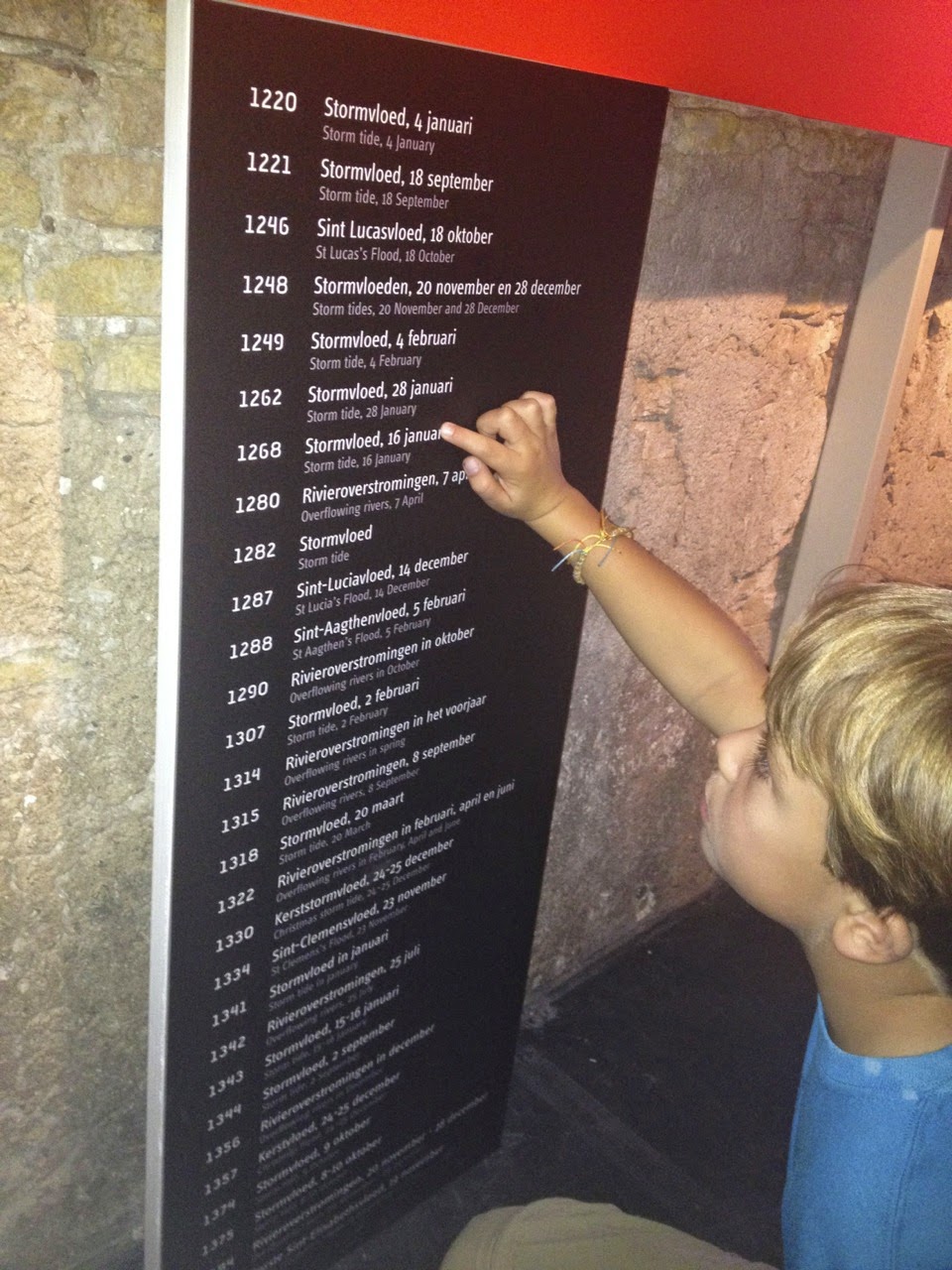We’re home! One year
and 4 days after leaving on August 12, 2013 for Costa Rica, our year adventure
has come to a close. We will be
processing what we’ve learned and the experiences we’ve had for months, if not
years. We still owe a few posts about
the Arctic, which are coming.
We are all ready to be home, though not because we’ve grown
tired of traveling. Jamie and Jason are
so looking forward to seeing friends, as are we. But it’s also just time for us to move to the
next chapter of our lives. We never
found ourselves wishing for the trip to end sooner than it did, but neither did
we want it to continue longer than it has.
Thank you to all who have followed us, there’s likely a few more
posts to come over the coming weeks.



